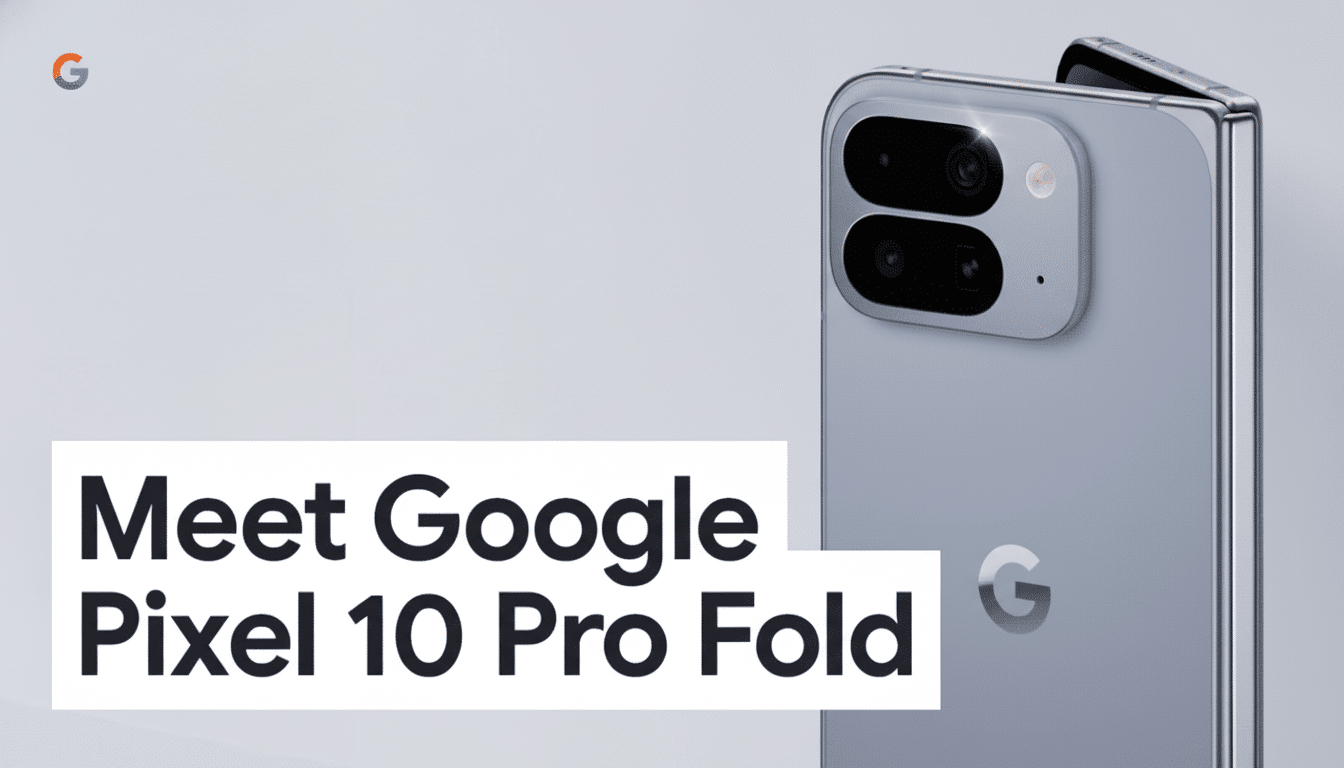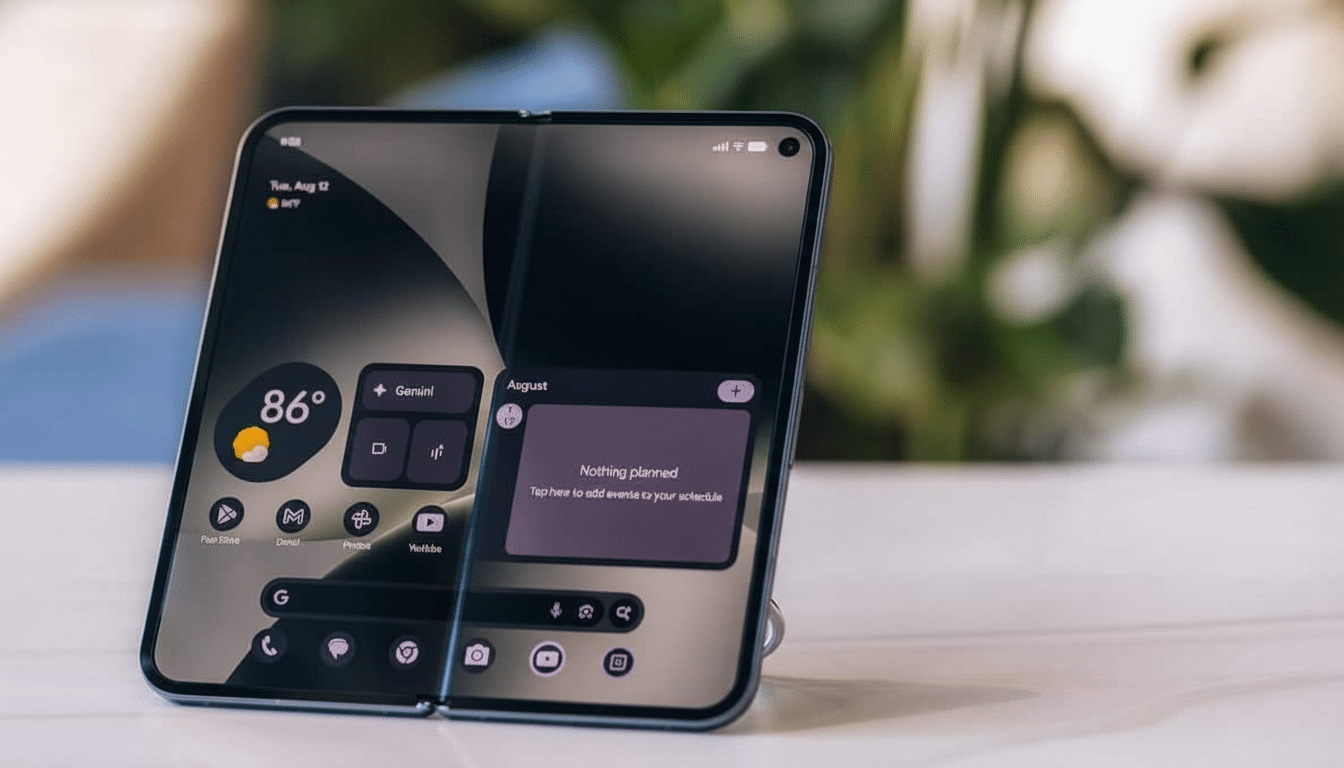The latest Pixel foldable is a big step forward, but I’m still grabbing another device. Having spent time with both the Pixel 10 Pro Fold and a longer period living with the X Fold 5, I will be blunt: Google’s best foldable yet is great, but the Vivo is the one I would trust to take me through every day without any caveats.
That’s no knock on Google. Foldables are growing fast — according to analysts at IDC and Counterpoint Research, growth is continuing in the double digits for the category — so the bar is getting higher. The Pixel 10 Pro Fold clears a lot of the bars its predecessor tripped over. The issue is a totality of such trade-offs that still remain where power users feel them most.
- What Google Got Right on the Pixel 10 Pro Fold
- Where the trade-offs still sting on Pixel 10 Pro Fold
- Why the Vivo X Fold 5 wins for me in daily use
- Why cameras and video quality matter on foldables
- The bigger picture for foldables and global competition
- Bottom line on choosing between these two foldables

What Google Got Right on the Pixel 10 Pro Fold
First, usability. The broad 6.4-inch cover screen has a phone-like feeling, finally — not a cut-down bolt-hole. The brightness is plenty bright for midday sun, the bezels are smaller on the inside, and you don’t notice that crease as much anymore.
The hinge works more smoothly — the new mechanism is actually quieter and feels more in control. Throw in IP68 protection — a true flex for a foldable — and the 10 Pro Fold makes a compelling case as an everyday driver that you don’t need to baby.
Performance expectations are sensible too. A 3nm Tensor G5 and UFS 4.0 storage offer the responsiveness and on-device AI capabilities Pixel buyers expect. If you’re a fan of the smart features in the Pixel 10 series, this one has that as well.
Where the trade-offs still sting on Pixel 10 Pro Fold
Yet behind the advances, the basics paint a different picture. And battery capacity isn’t competitive for a device that courts you to multitask on a canvas as large as any tablet. Rivals have thinner-feeling chassis. And the camera system relies heavily on software wizardry to make up for modest hardware, particularly on the ultrawide and telephoto sensors.
At its premium price point, which sits at the top of the market range, these are tough compromises to accept. Foldables should be benchmarks for what premium smartphones they are, and not the exceptions we allow because their form factor feels relatively new.
Why the Vivo X Fold 5 wins for me in daily use
Battery life influences my behavior; more can be transformational, and the Vivo’s 6,000mAh cell is just that. I can pop between split-screen docs, meetings, and photo edits without babying the percentage meter. When I do need to add some juice, 80W wired and wireless charging all but turns downtime into a footnote.
Then there’s weight and thickness. It would feel more like a regular flagship than a science project because of the 217g weight and around 9.2mm closed thickness. That difference is noticeable after a day of one-handed use, reading long-form articles on the inner panel, or taking pictures without feeling like you’re giving yourself a wrist workout.

The displays also feel purpose-built. The 8.03-inch inner AMOLED is vibrant and immersive, and in day-to-day use, the crease takes a back seat. The 6.53-inch external screen runs at 120Hz with a cozy 21:9 aspect ratio and scorching peak brightness around 5,500 nits, so I actually use it as a main display — not as an inferior sidekick.
Why cameras and video quality matter on foldables
Vivo delivers a real camera rig: three 50MP sensors for wide, ultrawide and 3x telephoto. The result is consistent color, reliable detail and actual optical dimension. You shouldn’t need software padding to blur hardware gaps.
In contrast, Google’s foldable direction is firmly rooted in computational photography. The night and HDR processing is still excellent, but small 10MP auxiliary sensors restrict how far you can pull on the zoom and when shooting in poor light. Independent testing over time (including DXOMARK reports and lab testers) has repeatedly revealed how strong algorithms achieve their best results when matched with equally strong optics and sensor sizes.
Video underscores the divide. The 4K footage from the Vivo is flagship-level smooth across all lenses without smearing into clouds. On the Pixel side, I’m too often wrestling with settings or post to feel like I’ve achieved parity.
The bigger picture for foldables and global competition
Yes, it is regional, and some Chinese foldables never make it to US shelves. But competition is global. Foldables are growing fastest in areas where there is the most choice, and we think of these pressures as what moves the category forward. Market trackers such as Counterpoint acknowledge that foldable phone adoption is taking off rapidly in regions where consumers have a smorgasbord of other options.
Give Google credit for addressing core pain points, and for pushing the software baseline on big screens. But if you want a foldable that doubles as today’s super-phone with no caveats, hardware ambition wins out.
Bottom line on choosing between these two foldables
The Pixel 10 Pro Fold is the best Pixel foldable to date and will please a lot of users. I am choosing the high road with Vivo X Fold 5 because it nails the basics — battery, weight, display and cameras — without excuses. And in a category that’s meant to be pushing the envelope with the future of mobile computing, that balance is more important than ever.

